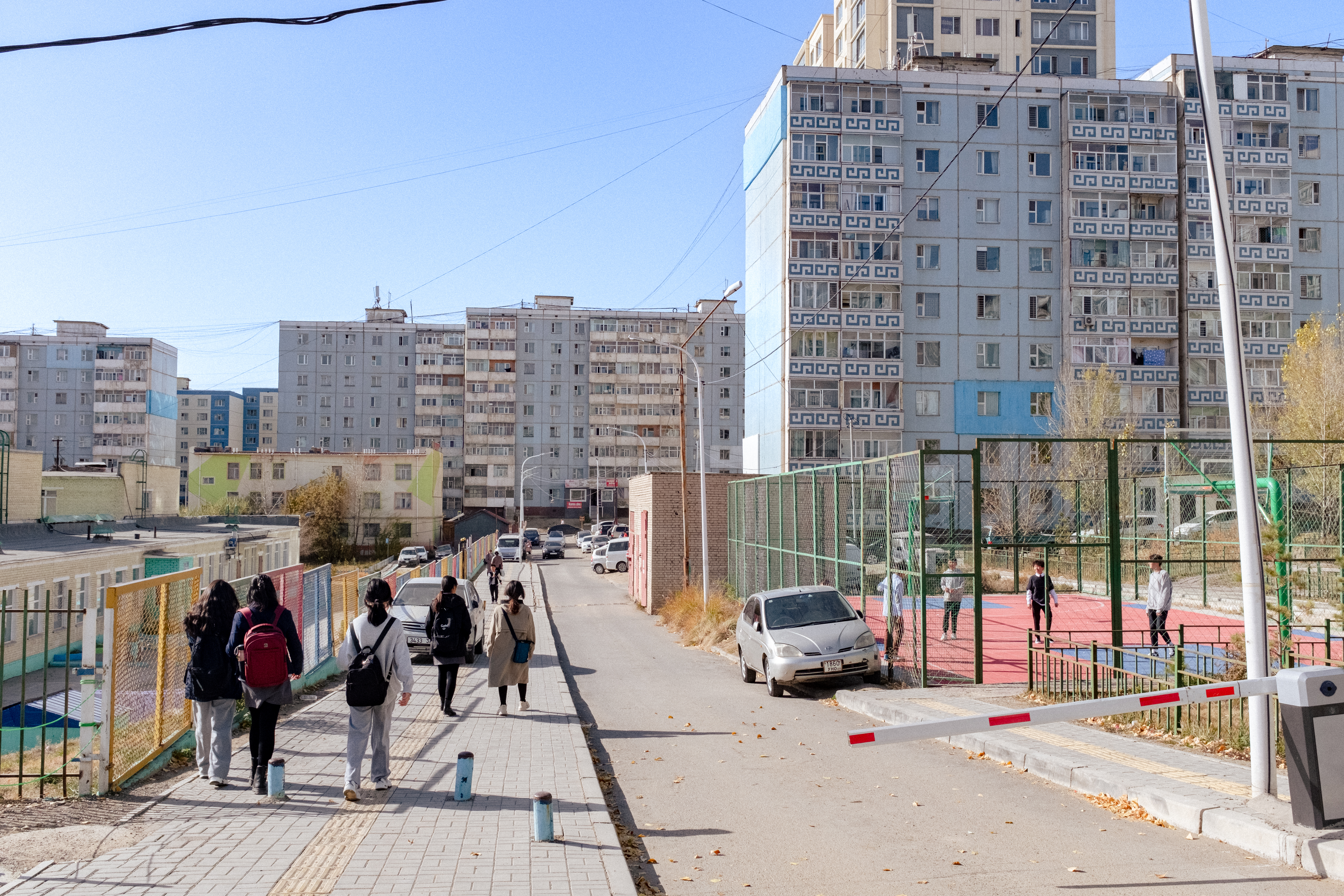“The treaty between Mongolian People’s Republic (MPR) and Union of Soviet Socialist Republics (USSR) for alliance, cooperation and mutual assistance,” News of Ulaanbaatar, January 20, 1966.
Resolution No. 32 of the Executive Administration of the People's Deputies of Ulaanbaatar, February 13, 1975.
“The first units in the 3rd, 4th microdistrict is now occupied,” News of Ulaanbaatar, November 11, 1978.
“The great microdistrict on the wide-open hill,” News of Ulaanbaatar, January 1, 1981.
Interview with Yanjiv Sodovsambuu, August 22, 2023.
Interview with Dashbal Yunden, October 16, 2023.
Interview with Chimed Damdinsuren, May 9, 2023.
Ibid.
Interview with Ariungerel Chimed, May 16, 2023.
Ibid.
Ibid.
Mayor’s Decree on privatizing apartments, No. A82, May 14, 1997.
Ibid.
Interview with Temuulen Enkhbat, May 20, 2023.
Ibid.
This article was written by Darisuren Azbayar with contributions from Nandin Nyamsuren, Uurtsaikh Sangi, and Temuulen Enkhbat.
